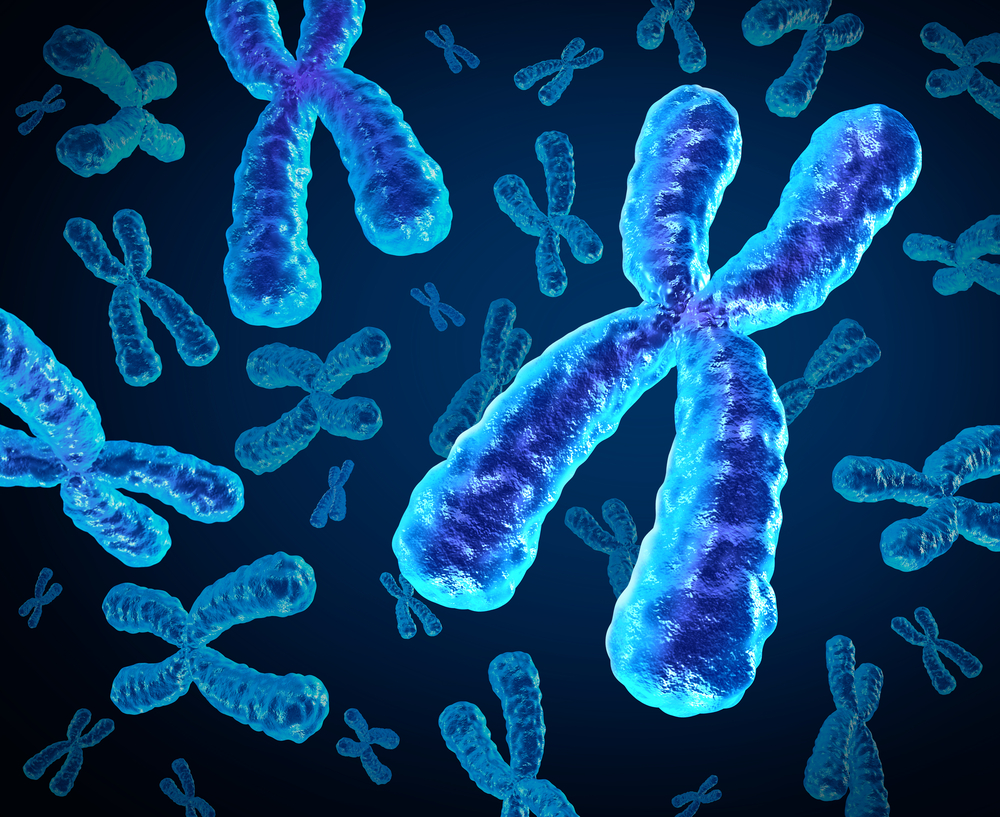COL4A5 and LAMA5 Mutations May Explain Range of Symptoms in Family with Hereditary Hematuric Disease, Study Shows

Mutations in two genes — COL4A5 and LAMA5 — can explain the range in severity of symptoms experienced by a family of patients with hereditary hematuric (blood in the urine) disease.
The study, titled “COL4A5 and LAMA5 variants co-inherited in familial hematuria: digenic inheritance or genetic modifier effect?” was published in the journal BMC Nephrology.
Hereditary hematuric diseases are a diverse group of renal diseases that share a common feature of microscopic hematuria (blood in urine that’s only visible under a microscope) since early childhood.
The most common type of hereditary hematuric disease is thin basement membrane nephropathy (TBMN), estimated to occur in 0.3–1% of the population.
About 40-50% of hereditary TBMN occurs due to mutations in the COL4A3 and COL4A4 genes, which provide instructions to make collagen IV — an important component of the glomerular basement membrane (GBM). GBM plays a major role in kidney function.
A more severe and progressive disease that also presents with microscopic hematuria is Alport syndrome, caused by mutations either in the COL4A3/A4 genes or mutations in the COL4A5 gene.
While TBMN caused by COL4A mutations was considered a benign condition for many years, several studies now indicate patients experience a range of severities.
In a long-term follow-up, researchers found that the full spectrum of patients varied significantly – ranging from those with isolated microscopic hematuria to chronic renal failure of variable degree, sometimes reaching end-stage renal disease (ESRD).
In order to determine whether this range of severities could be traced back to the types of inherited mutations, researchers conducted whole-exome sequencing (WES) — a technique used to identify mutations in all genes.
The researchers conducted WES in six families with familial microscopic hematuria (FMH) with or without progression to proteinuria (protein in urine, indicative of renal malfunction) and loss of renal function. All family members were previously found to be negative for severe collagen IV mutations.
In one family with four patients, researchers found evidence of mutations in two separate genes — COL4A5 (which causes classical Alport syndrome) and LAMA5 (reported in patients with focal segmental glomerulosclerosis, which refers to scarring in the kidney).
Patients in this family presented with a wide range of symptoms including hematuria, proteinuria, focal segmental glomerulosclerosis, loss of kidney function and renal cortical cysts (cysts in the kidney).
As the disease in this family is the result of mutations in two different genes, researchers suggest that the variance in severities could be explained by “digenic inheritance” — the spectrum of symptoms is attributed to mutations in both genes rather than just one.
However, the authors added that “further investigation is needed under this concept.”
Another potential explanation could be that LAMA5 mutations play the role of a modifier in the background of Alport syndrome (caused by mutations in the COL4A5 gene). Thus, the addition of the LAMA5 mutation might bring extra damage to the GBM, resulting in more severe symptoms.
This is the third report that links the LAMA5 variant with the development of renal disease and expands the spectrum of genes potentially involved in FHM.







Leave a comment
Fill in the required fields to post. Your email address will not be published.